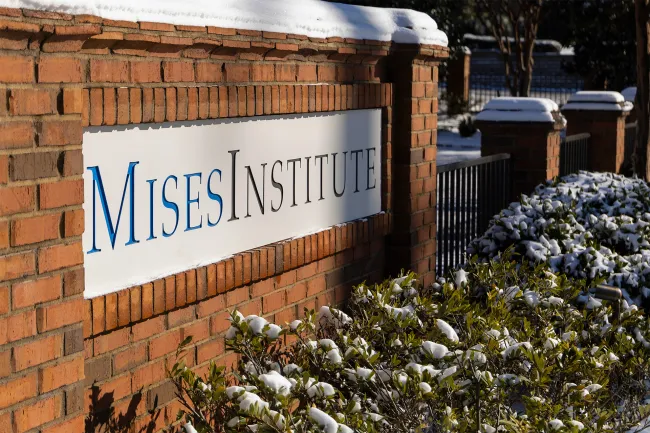Business Cycles
Central Banks Are Not Innocent Bystanders
The Economist recently opined that interest rates don’t affect investment.
Bail-Ins Go Global
G-20 nations rubber-stamp plans to have you bail out the too-big-to-fail banks.
Skyscraper Curse Update
One World Trade Center recently opened in the wake of the October stock market seizure. Many more ultra skyscrapers will open in 2015 or will be under construction. What does this portend for economic bubble and the economy?
Time to Raise Rates?
Chris Casey: The Austrian Investor
Global Irrational Exuberance Enters a New Phase
The present global plague of asset price inflation is transitioning into a new phase. Some optimistic commentators suggest a benign and painless end to the plague lies ahead, but the evidence suggests otherwise.
The Keynesian Multiplier Concept Ignores Crucial Opportunity Costs
The Keynesian multiplier is a concept embedded in macroeconomic thought, policy, textbooks, and widely taught in classrooms.
5 Big Malinvestment from the Finanical Crisis of 2008
Malinvestments from the business cycle are usually hard to detect, easily concealed, or quickly converted to new uses.
Central Banks Are Not Innocent Bystanders
The Economist recently opined that interest rates don't affect investment. This claim is based on an empirical study that contradicts what we already know: that lower prices lead to more demand. In the end, the problem lies with the researches who fail to account for the behavior of central bankers.










